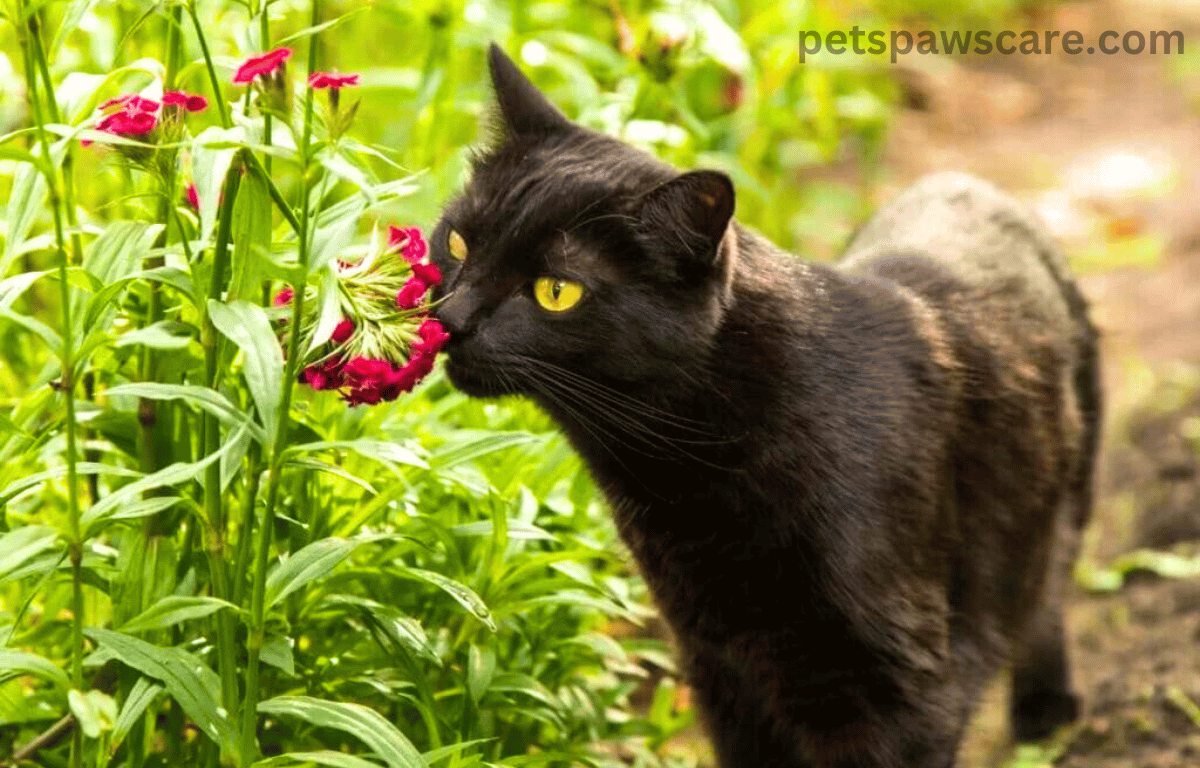It’s not a big problem to have Carnation toxicity in cats. It will not kill your cat, but it’s best to avoid it if possible.
Carnations are flowers, also known as Dianthus caryophyllus, belonging to the Caryophyllaceae breed. The carnations are commonly famous as sweet William, pinks, and wild or natural carnations. The leaves of Carnations range from blue-grey to green leaves, with charming fringed flowers from palest to darkest pink. In Europe, North Africa, and certain parts of North America, Carnations are a common flower. Their typical flower time is in late July to early August, and they generally go to seed in September.
People may like their gardens because of their cheerful blooms. But carnation is toxic to cats if you are a cat owner. You may wonder about this. So, are carnations safe for cats?
How Serious Is Carnations Poisoning?
If your kitty eats the stem, corolla, or leaves of a carnation plant, observe your cat closely for the symptoms of carnation. Carnations are only pleasant and toxic for cats but can cause stomach upset, resulting in vomiting and diarrhea. Carnations, like another type of Dianthus, can also cause dermatitis (skin problems) as their liquid contains triterpenoid saponins. After ingestion, this material may also cause the same issues in your pet’s esophagus and stomach.
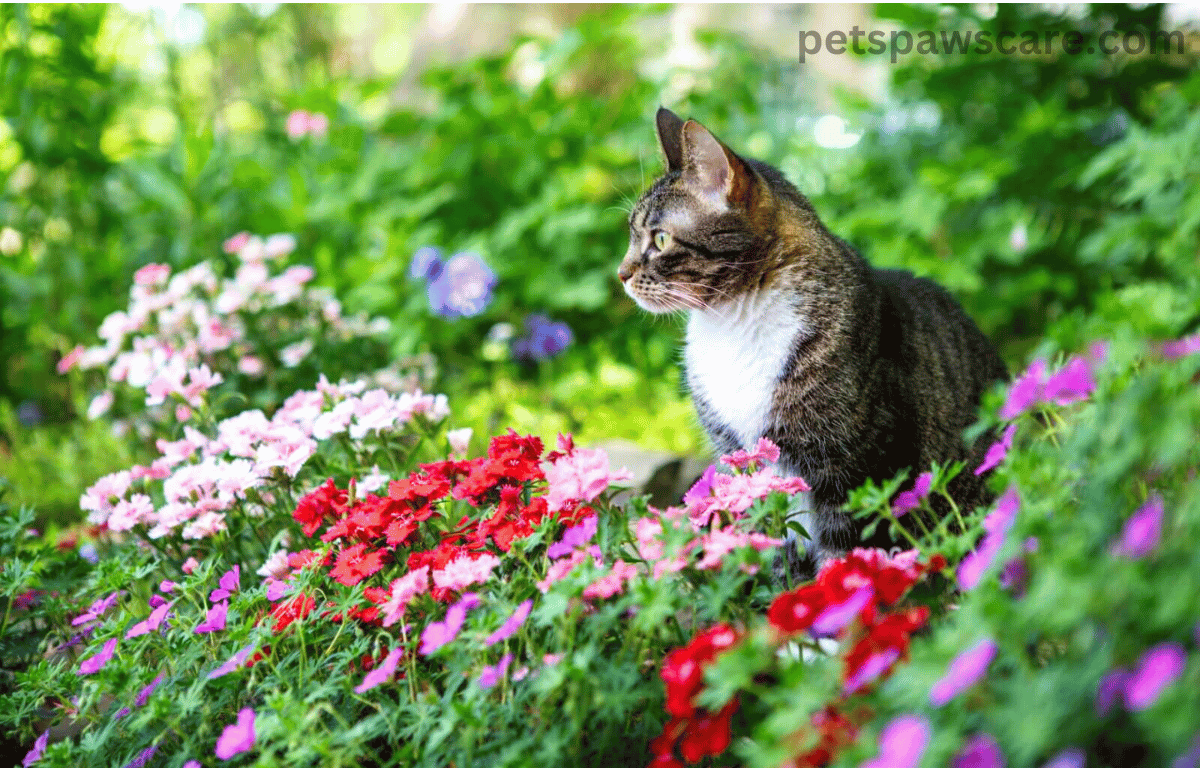
Symptoms of Carnations Poisoning in Cats
Carnation poisoning is pleasant and toxic in cats and will cause stomach disturbance and other little problems. The most common problem is gastrointestinal (stomach) upset, such as vomiting and diarrhoea. The cat may get sick multiple times, depending on the amount of plant material they ingest. The vomiting and diarrhoea can often cause secondary symptoms of weakness, dehydration, and decreased appetite.
The sap of the carnation plant is also known to produce dermatitis-like reactions. As a result, the cat’s lips and mouth may appear red, swollen or irritated. The signs of carnation poisoning in cats are transitory and usually last a few hours.
Causes of Carnations Poisoning in Cats
When ingested, The stems, leaves, petals, pollen, or seeds of carnation plants cause carnation poisoning in cats. Although the precise toxicity content of the carnation is unclear, experts argue that the toxic component of all members of the Caryophyllaceae family is the steroidal saponins. The steroidal saponins are the glycoside of pentacyclic oleanane, causing a potentially dangerous intoxication in mammals. When contacting the plant’s sap, the saponins usually lead to dermatitis, a skin allergy. This irritant is also thought to cause gastrointestinal sequelae following ingestion of the carnation plant.
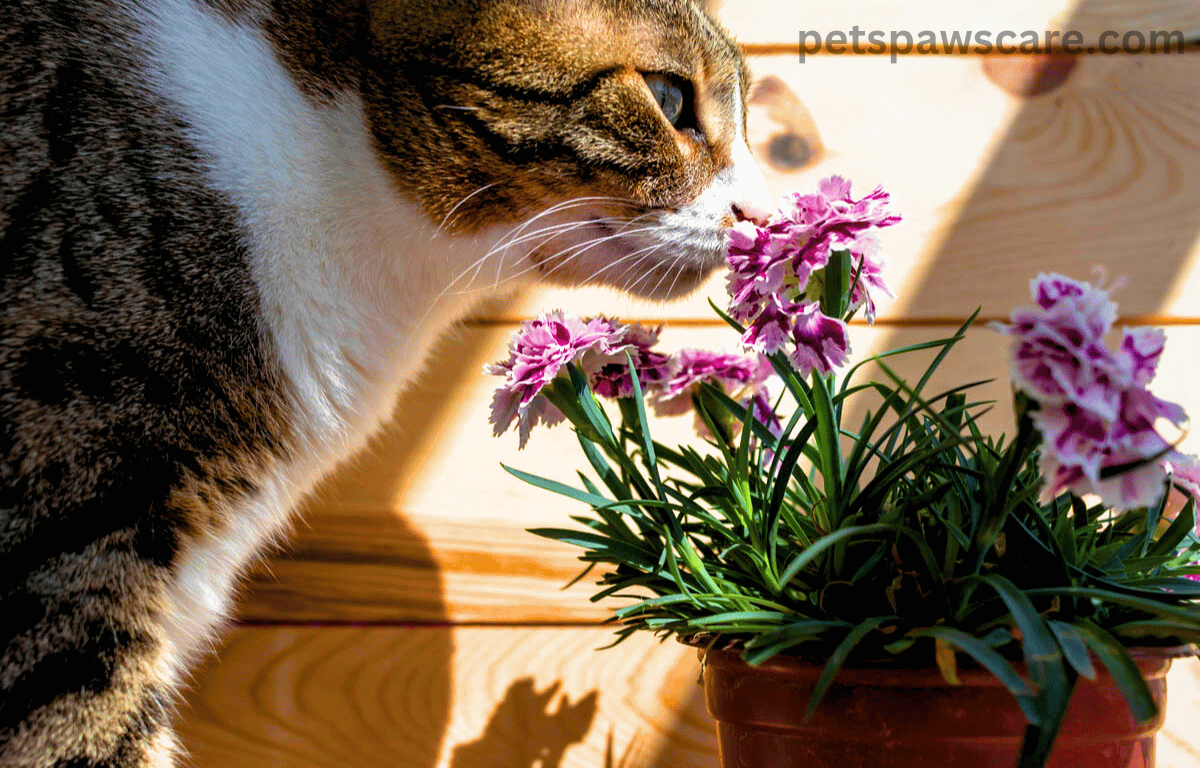
Diagnosis of Carnation Poisoning in Cats
It is very difficult to diagnose carnation poisoning in cats because no particular test is available for identifying the toxicity of poisoning in cats. Your vet will diagnose your cat’s condition by eliminating other possible causes that may cause symptoms similar to Carnation poisoning. The process of identifying poison in cats begins with a physical test. They reviewed the cat’s medical record and consulted with the cat owner. You must tell the veterinarian about your cat’s recent activities and exposure to carnations, as this important information will aid in eliminating other possible causes.
The clinical symptoms that cause carnation poisoning in cats, such as vomiting and diarrhoea, are similar to other cat-related health conditions. The vet will be looking to conduct various diagnostic tests to ensure your cat is suffering from carnation toxicity and not a more dangerous underlying condition. The veterinarian will ask you the following test for diagnosing carnation poisoning:
- Blood smear test
- CBC (complete blood cell count)
- Biochemical profile (blood work)
- Fecal examination
- Fecal floatation test
- Urinalysis (examination of urine)
- Treatment of Carnation Poisoning in Cats
Also Read:
Why Does My Cat Smell My Breath?
The True Cost of Cat Declawing
Carnation poisoning is just a pleasant poison to cats; no specific treatment is specifically considered for this type of poisoning in cats. The cat’s own body does a reasonable amount of eliminating the toxin from the body by vomiting and passing the digested particles through waste. On the other hand, a cat may need to have a veterinarian intervene to cause vomiting and rehydration. An emetic drug and intravenous fluids may be given to the feline upon the vet visit. A medication applied to the stomach to prevent further irritation from the carnation sap can also be administered as part of the treatment protocol.
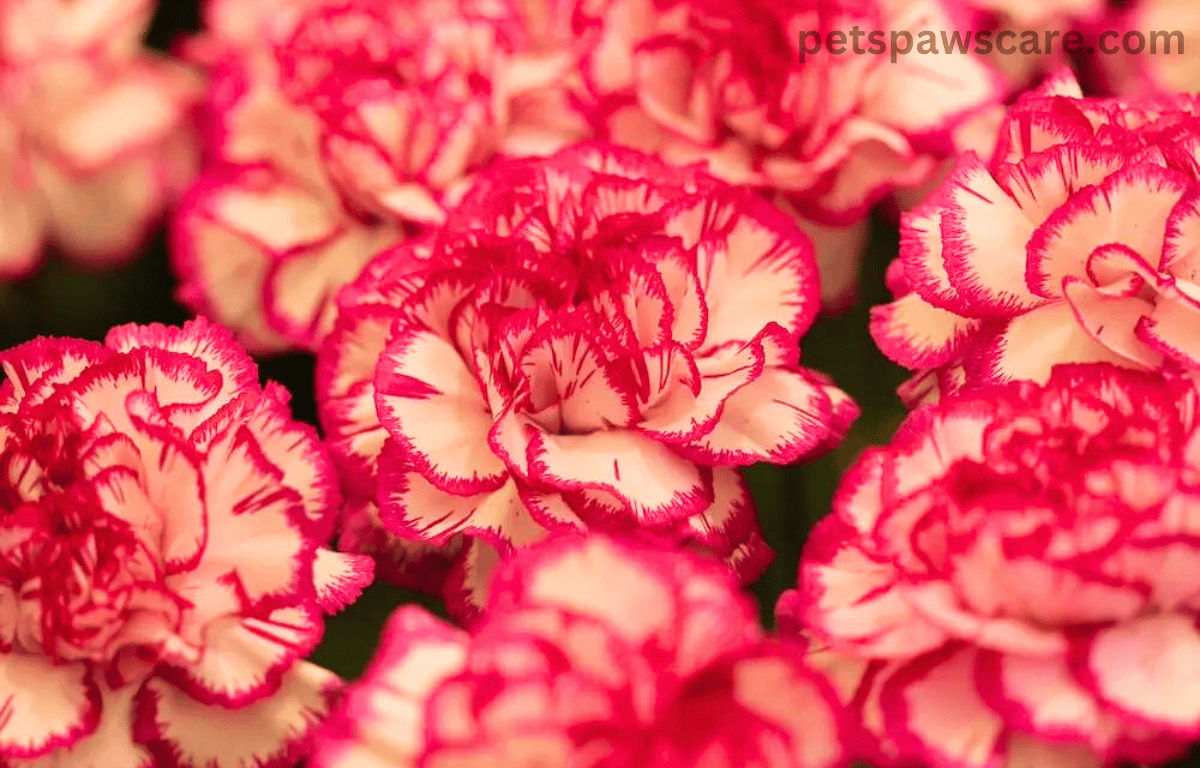
Flowers That Are Toxic to Cats
Although the consumption of carnations is not a real health threat to your cat, other perennially popular plants could result in more harm if your kitty eats them. These include:
Orchids
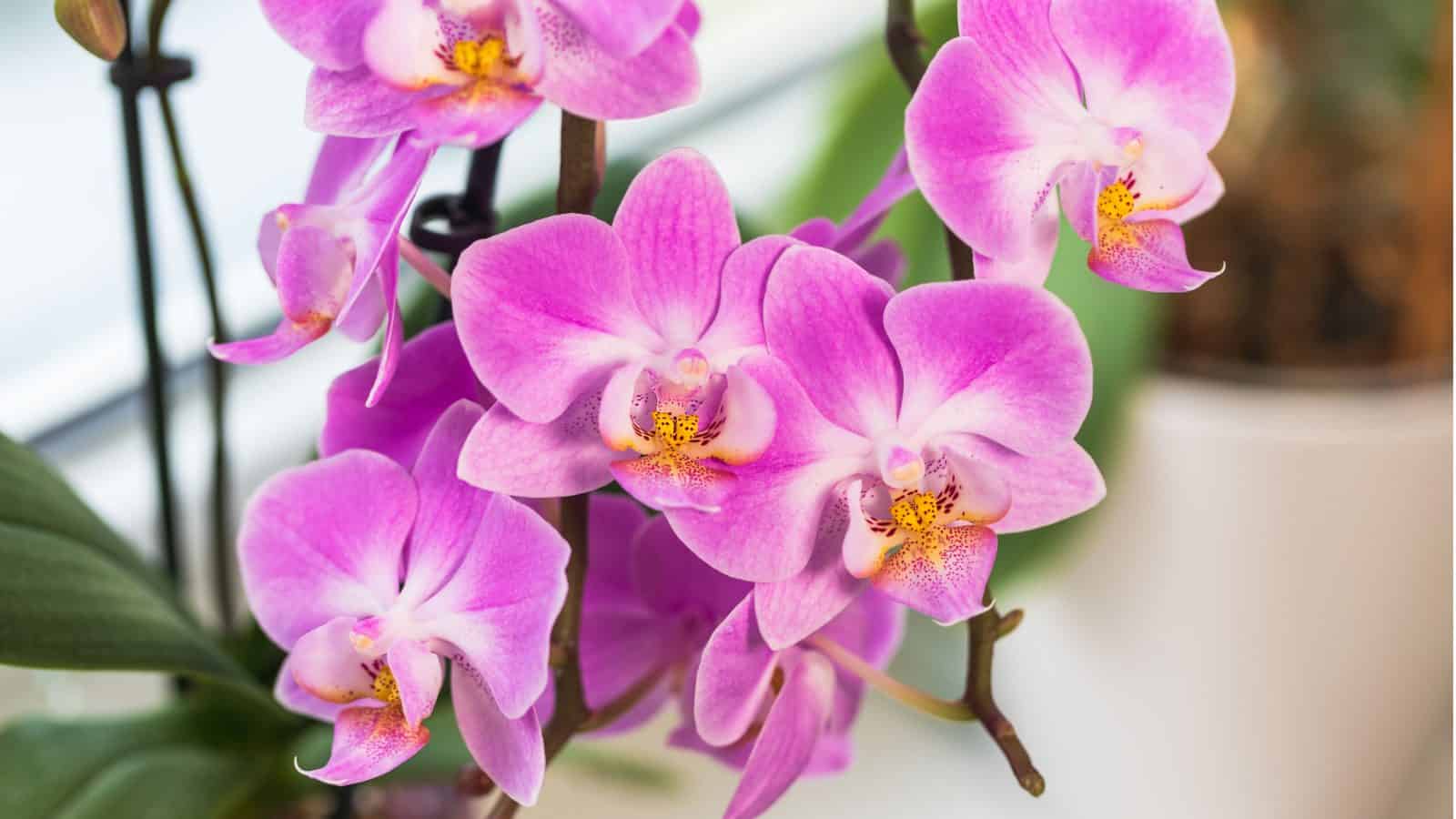
Are orchids poisonous to cats? Other variations of orchids may be harmful to cats. The toxicity stage can also fluctuate primarily based on the specific form of orchid and the cat’s response. Vomiting, diarrhoea, drooling, and gastrointestinal disappointment are unusual signs of orchid poisoning in cats.
Hydrangea

Hydrangea are big plants that may be seven feet tall. The Hydrangea has very big blooms, which are generally pink or blue. For all their charm, these shrubs are toxic to cats, so when you have a hydrangea tree and your puppy goes outdoors, be conscious. If your puppy ingests or eats Hydrangea, it may cause diarrhoea and vomiting for your cat.
Tulips
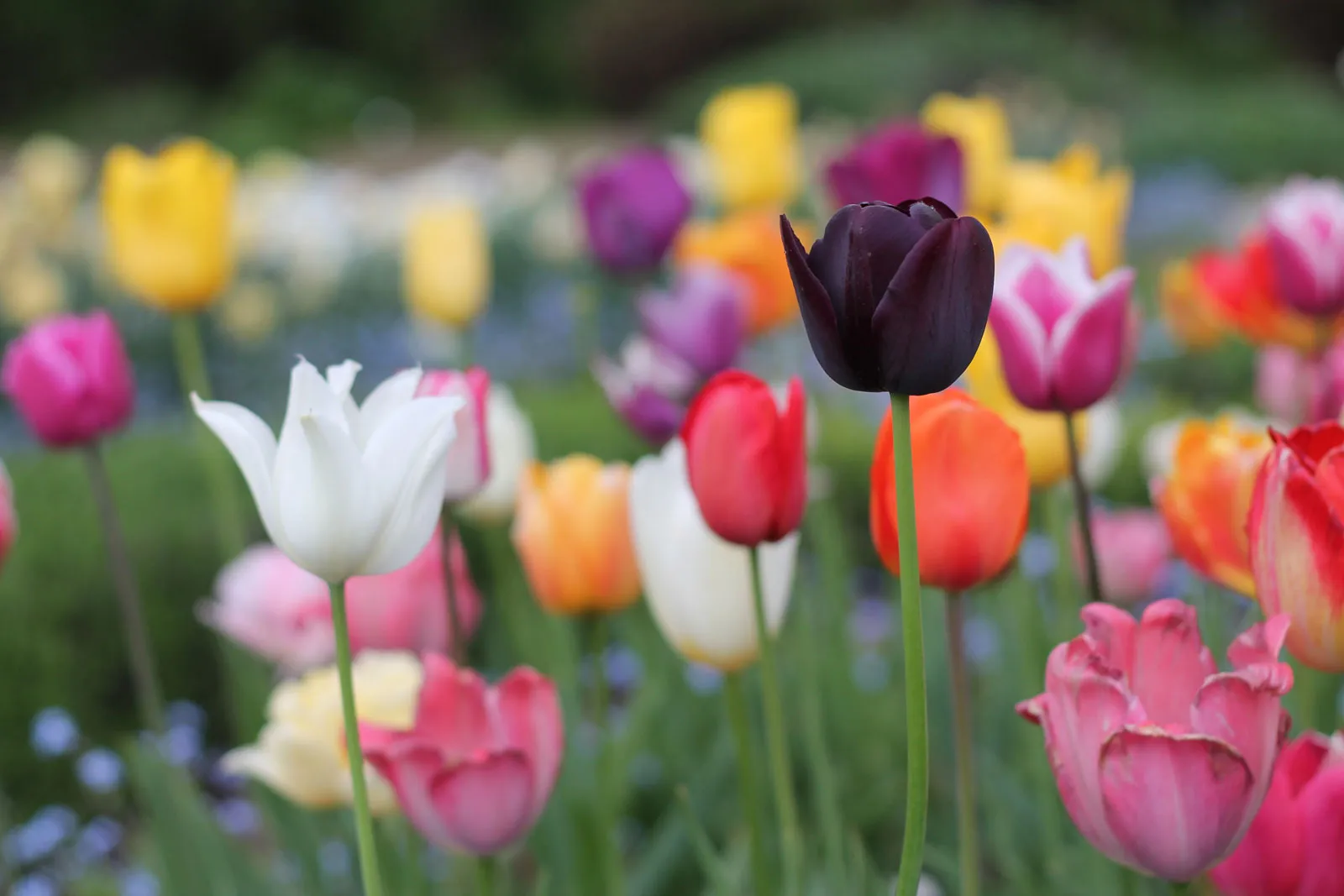
It’s very harmful to eat any part of a tulip; however, the bulb is the most toxic part of the tulip. Some signs that your cat is hurt from tulip toxicity include drooling, gastric discomfort, and sadness.
Mums
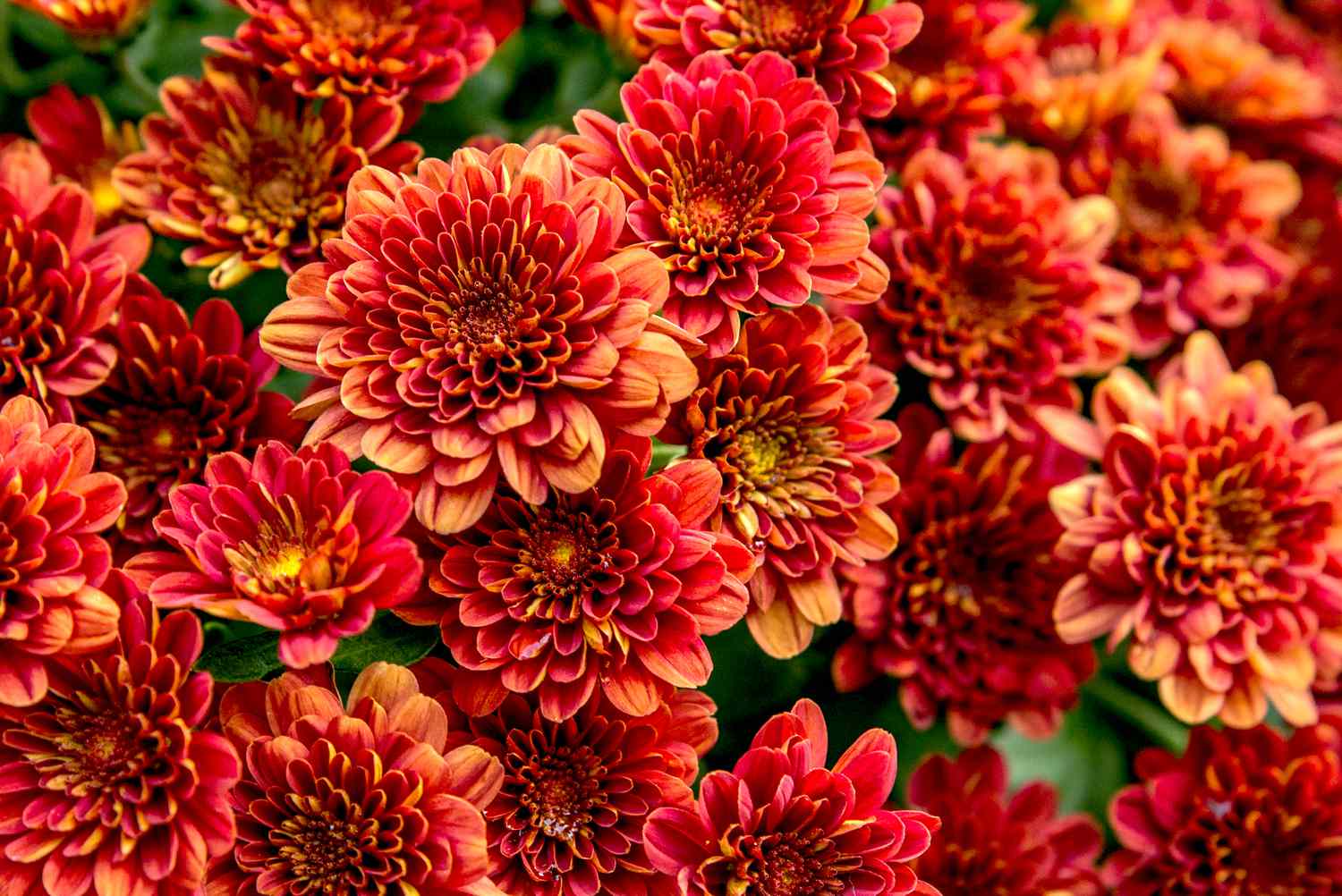
Mums are poisonous to cats. If one consumes a chrysanthemum, they can enjoy diarrhoea, vomiting, immoderate salivation, dermatitis, and lack of coordination.
Calla lilies
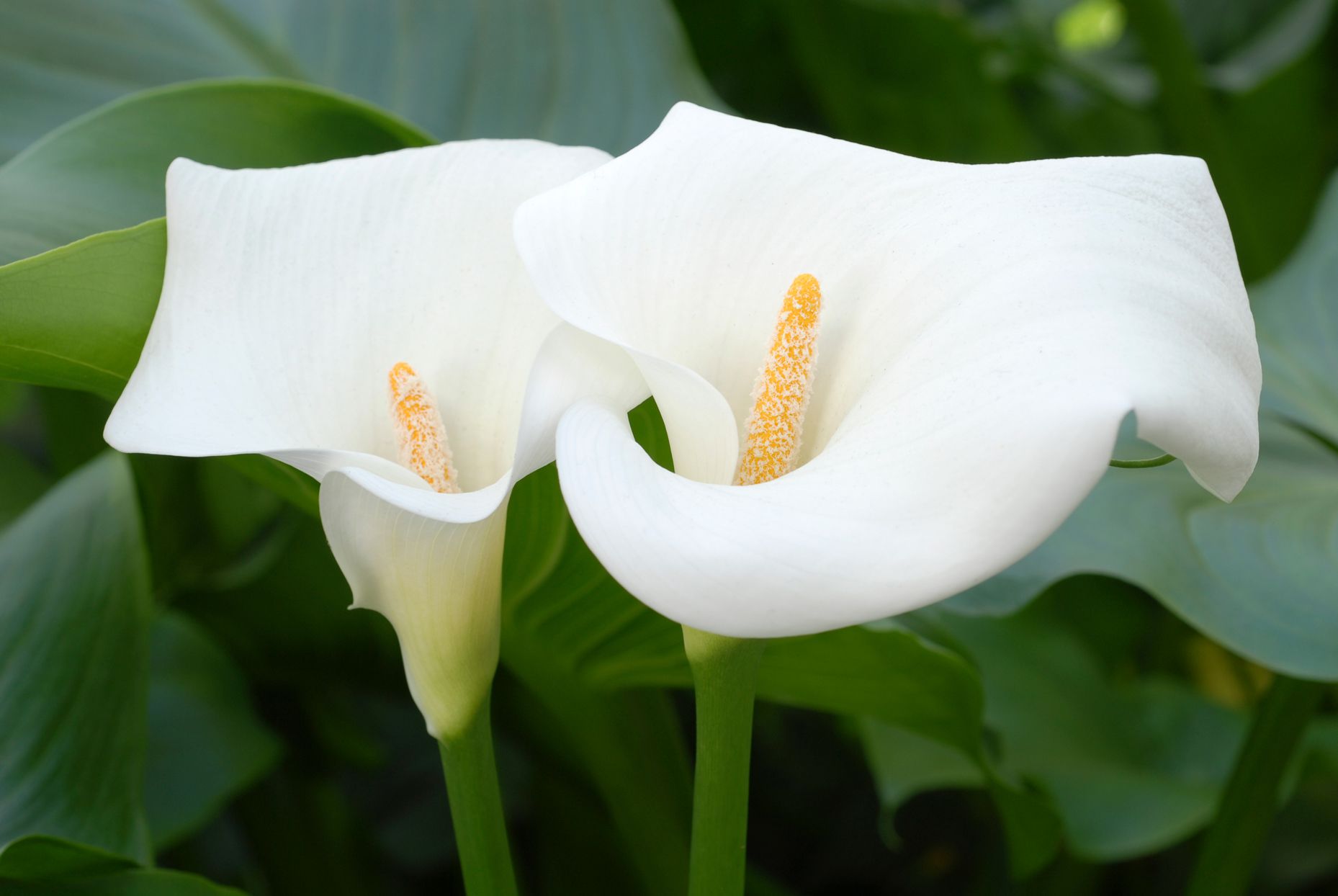
If your cat ingests a calla lily, you will see symptoms like drooling, dysphagia, and vomiting. Your puppy may additionally sense a burning sensation on their lips, tongue and mouth. All sorts of lilies, whether Easter, Stargazer, Tiger, or Day, are poisonous to pets. The lily itself is not only toxic with the aid of its petals and buds but also via its leaves, stems, or even pollen.
Daffodils

The bulbs of daffodils are poisonous to cats. If your cat ingests, it may also cause drooling, vomiting, diarrhoea, tremors, arrhythmia, and hypotension.
Daises
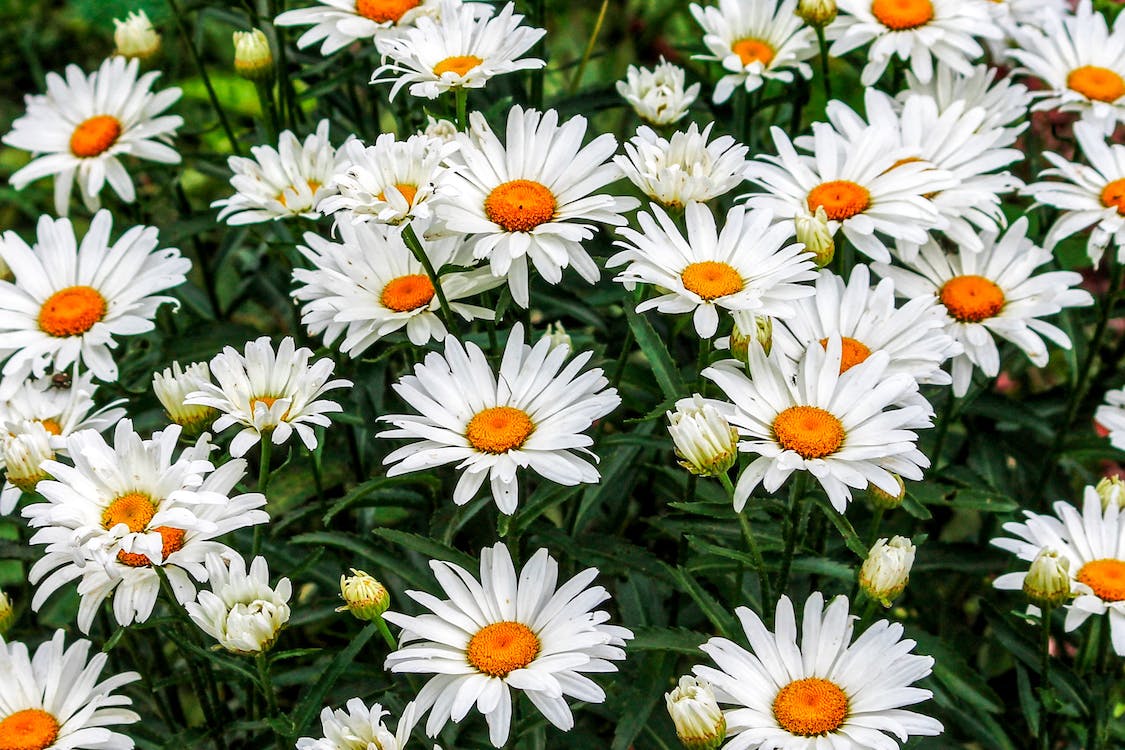
The two symptoms that result from daises in cats include vomiting and diarrhoea, which are very unstable. Dermatitis, or skin inflammation, will also be present. In extreme cases, bleeding is also possible.
Recognizing which vegetation is secure on your cat and which isn’t is vital. The ASPCA internet site is an essential manual for cats’ poisonous and non-toxic vegetation.
Conclusion:
Carnations mildly affect cats’ health, causing stomach upset and dermatitis due to triterpenoid saponins. These symptoms are typically brief. Diagnosing is challenging, overlapping with other conditions. Treatment focuses on symptom management. Plants like orchids, hydrangeas, tulips, and lilies pose greater risks.
